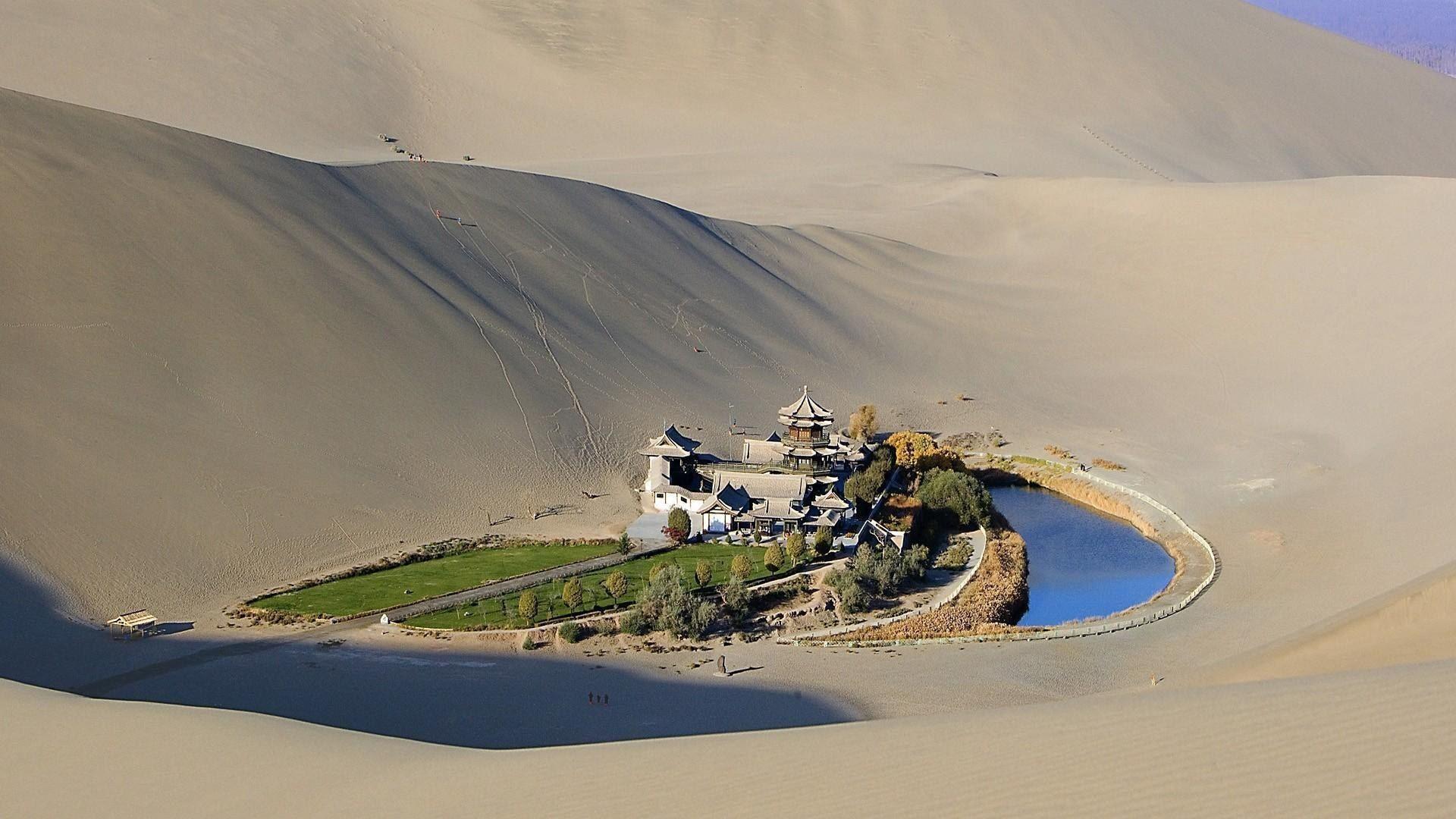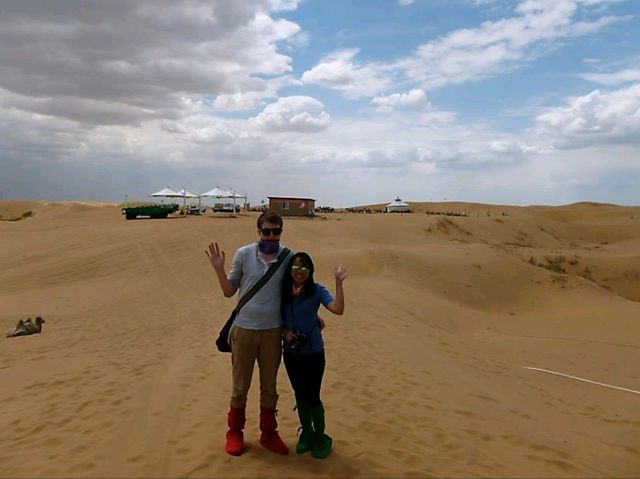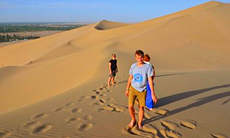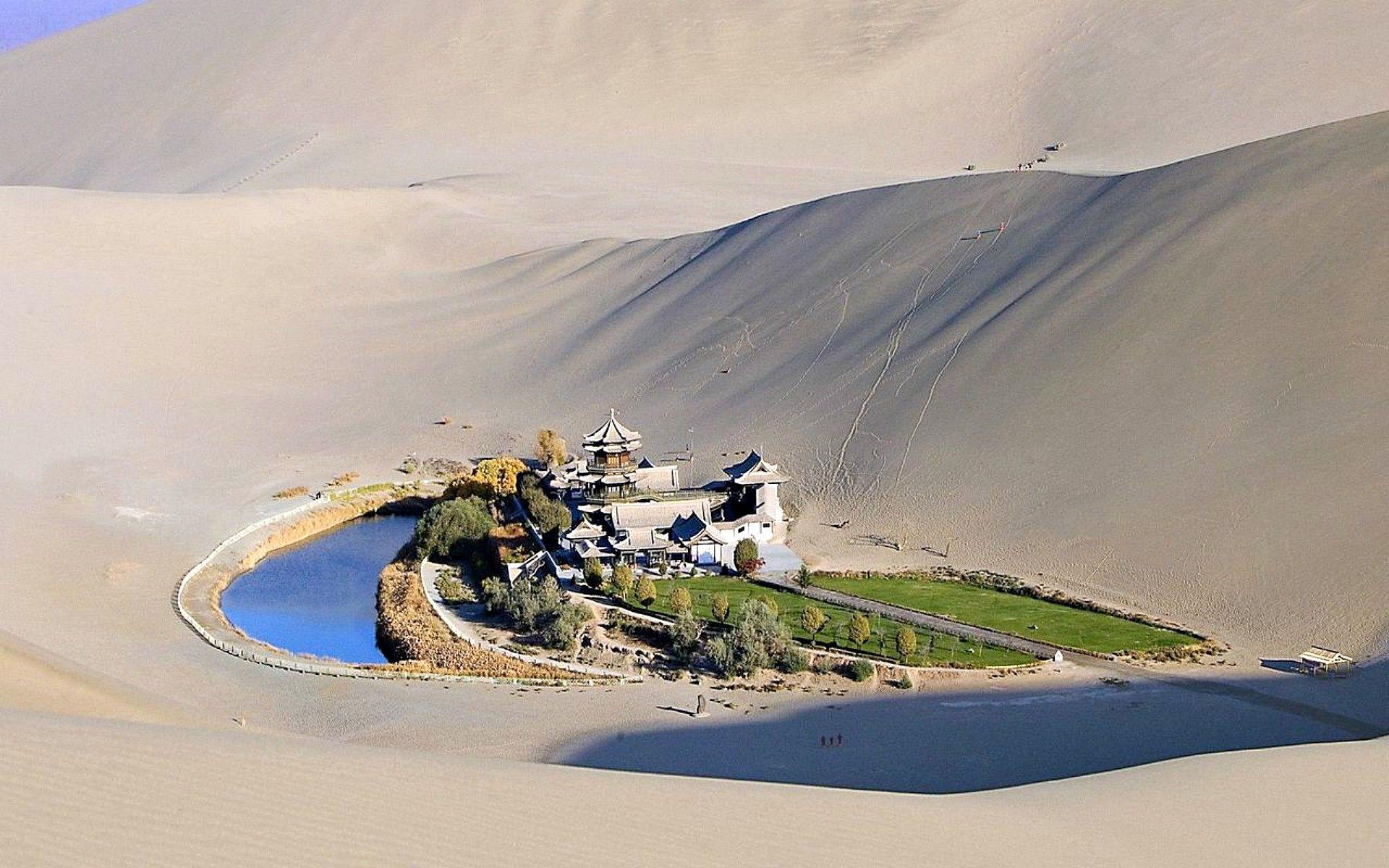Exploring China’s Desert Adventures: From Gobi to Taklamakan

Imagine endless dunes stretching under a vast blue sky, the whisper of wind carrying ancient secrets, and the thrill of stepping into one of Earth’s most dramatic landscapes. China’s deserts, from the rugged Gobi to the mysterious Taklamakan, offer unparalleled China desert travel experiences that blend adventure, history, and natural wonder. Whether you’re a thrill-seeker chasing sunsets over sand seas or a history buff tracing the Silk Road, these arid expanses promise unforgettable journeys. Here at jusha.travel, we love sharing tips to make your China journey unforgettable—let’s dive into the magic of Gobi desert China explorations and beyond.
The Majestic Gobi Desert: China’s Northern Frontier

The Gobi Desert, straddling the border between China and Mongolia, is a name that evokes images of nomadic warriors and prehistoric beasts. Covering over 1.3 million square kilometers, this Gobi desert China region is not your typical sandy Sahara—it’s a cold, rocky steppe with gravel plains, towering mountains, and surprising oases. In Inner Mongolia and Gansu Province, the Gobi transforms from barren badlands to vibrant grasslands in spring, dotted with wildflowers and grazing camels.
For China desert adventures, the Gobi is an ideal starting point. Hike through the Flaming Cliffs, where paleontologists unearthed the first dinosaur eggs in the 1920s, or explore the Yardang landforms—wind-sculpted rock formations that look like ancient ruins from a sci-fi movie. A fun fact: the Gobi is home to the rare Przewalski’s horse, a wild equine species that’s a symbol of resilience in this harsh environment. Culturally, it’s tied to the Mongol heritage; many locals still live as herders, sharing stories around campfires under star-studded skies.
Practical tip: Visit in late spring (May-June) to avoid extreme temperatures, which can plummet to -40°C in winter or soar above 40°C in summer. Organized desert tours China often include stays in traditional yurts, offering an authentic taste of nomadic life. If you’re planning a family trip, check out our guide on the Cost of Traveling to China: A Family Budget Guide for budgeting your desert escapade.
Unveiling the Taklamakan: A Comprehensive Desert Guide

Deeper into China’s northwest lies the Taklamakan Desert, often called the “Sea of Death” due to its unforgiving nature. Spanning 337,000 square kilometers in Xinjiang’s Tarim Basin, this Taklamakan desert guide essential reveals a shifting world of golden dunes up to 300 meters high. Bounded by the towering Tian Shan, Kunlun, and Pamir mountains, the Taklamakan’s isolation has preserved its mystique for centuries—one ancient translation of its name warns, “If you go in, you won’t come out.”
Geologically, it’s a marvel: expect transversal, longitudinal, starred, and dome-shaped dunes that change with the wind. Amid the sands, you’ll find surprising features like the Mazartag Mountains, eerie sandstone outcrops from millions of years ago. For China desert travel enthusiasts, the desert’s climate is extreme—scorching days over 38°C and freezing nights down to -26°C. Wildlife is sparse, with lizards and desert foxes leaving fleeting tracks, but the edges teem with tamarisk bushes sustained by innovative drip irrigation.
History buffs will appreciate its role as the Silk Road’s heart. Ancient caravans skirted its borders, trading silk for spices and fostering cultural exchanges that shaped civilizations. Today, remnants like the Niya ruins offer glimpses into lost kingdoms. A cultural insight: Uyghur communities on the fringes serve hearty lamb kebabs and naan, blending Central Asian flavors with Chinese staples—perfect fuel for your China desert adventures. For more on cycling routes that skim desert edges, explore our post Cycling Through China: Best Routes for Two-Wheeled Adventures.
- Tip 1: Drive the Taklamakan Desert Highway, a 552 km engineering feat cutting through the sands—stop at reed barriers that combat drifting dunes.
- Tip 2: Join a guided tour from Hotan or Kuqa for safety; solo treks are risky without experience.
- Tip 3: Pack layers and high-SPF gear; hydration is key in this driest of China’s deserts.
Thrilling Desert Tours and Activities Across China

China’s deserts aren’t just for gazing—they’re playgrounds for adrenaline junkies. Desert tours China range from camel treks in the Gobi to sandboarding in the Taklamakan, where you can surf down massive dunes at speeds up to 50 km/h. In the Gobi, quad biking through the Alashan Desert’s badlands offers heart-pounding fun, while the Taklamakan’s edges invite sunset jeep safaris.
For a mix of adventure and culture, opt for multi-day expeditions that include Silk Road stops. Imagine riding a Bactrian camel at dawn, feeling the rhythm of hooves on sand, or stargazing in areas with minimal light pollution— the Gobi’s night sky rivals any observatory. An interesting tech twist: Modern tours use GPS apps and drones for navigation, showcasing China’s innovative China desert travel infrastructure. Recent efforts even include oat farming on desert fringes, highlighting sustainable tech in arid zones.
If luxury calls, consider glamping setups with air-conditioned tents and gourmet meals. Our article Luxury Train vs. Boutique Hotel: Best China Travel Splurge compares high-end options that could enhance your desert itinerary. For families, group tours from operators in Dunhuang provide kid-friendly activities like fossil hunts.
Cultural and Environmental Insights from China’s Deserts

Beyond the thrills, China’s deserts hold deep cultural stories. The Gobi echoes with tales of Genghis Khan’s empire, where eagle hunters demonstrate ancient skills passed down generations. In the Taklamakan, Uyghur music and dance performances in oasis towns like Turpan add vibrant color to your trip—don’t miss trying poleo, a fermented camel’s milk drink with probiotic benefits.
Environmentally, China is battling desertification through massive tree-planting campaigns, like the Great Green Wall, which has greened millions of hectares. This ties into broader themes of resilience, much like the nomads who’ve adapted for millennia. A fascinating fact: The deserts influence China’s food culture, with dates from Hotan being sweeter due to the intense sun—pair them with roasted nuts for a desert snack.
For tech-savvy travelers, explore how satellite monitoring aids conservation. Link to our piece on Discovering Shanwei’s Smart Fishing Tech and Coastal Cultural Tech for similar innovations, though on the coast—these efforts span China’s diverse landscapes.
Planning Your Own Desert Odyssey

Ready to embark? Start with a 9-day Silk Road tour combining Gobi and Taklamakan highlights, or a shorter Gobi-focused trip from Beijing. Visas, high-altitude acclimation, and travel insurance are musts—Xinjiang requires extra planning due to its remote location.
Pro tip: Book through reputable operators for permits, especially in sensitive areas. And for culinary inspiration post-adventure, read about Exploring Hong Kong Sai Kung Seafood Restaurants for Coastal Dining, a refreshing contrast to desert fare. Foodies might also enjoy Exploring Shunde Double-Skin Milk for Creamy Guangdong Delights upon returning east.
Conclusion: Embrace the Sands of China


From the Gobi’s ancient echoes to the Taklamakan’s dramatic dunes, China desert adventures offer a profound connection to nature, history, and innovation. These journeys not only test your spirit but enrich your understanding of China’s vast diversity. At jusha.travel, we’re passionate about guiding you through such transformative experiences—whether via expert Taklamakan desert guide tips or broader desert tours China ideas.
What’s your dream desert destination? Share your thoughts in the comments below, or head to jusha.travel for more inspiring China travel content, like hidden gems and tech-savvy hacks. Let’s keep the adventure going!
(Word count: 1128)

